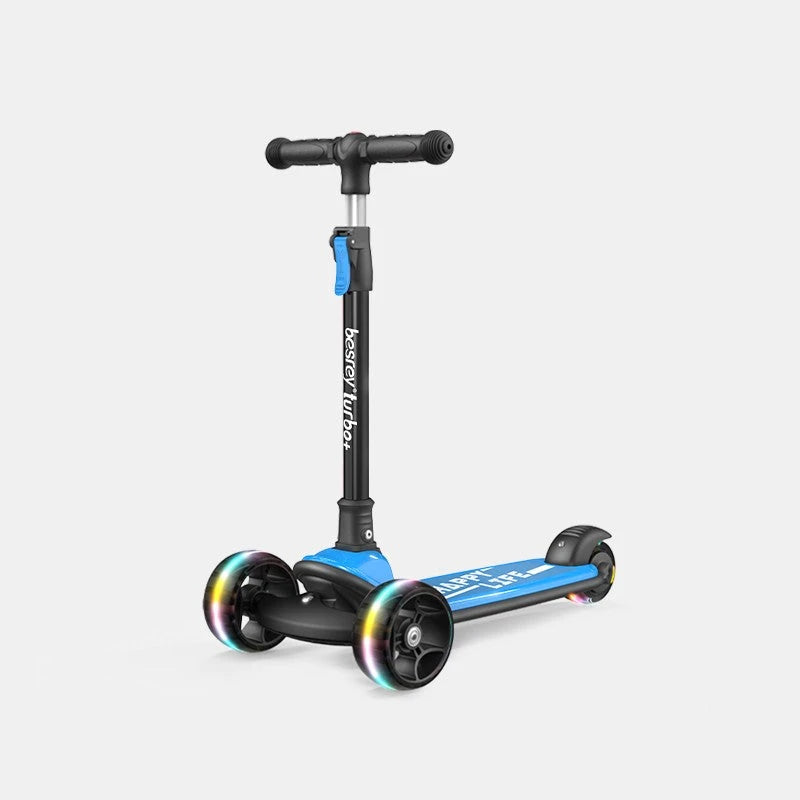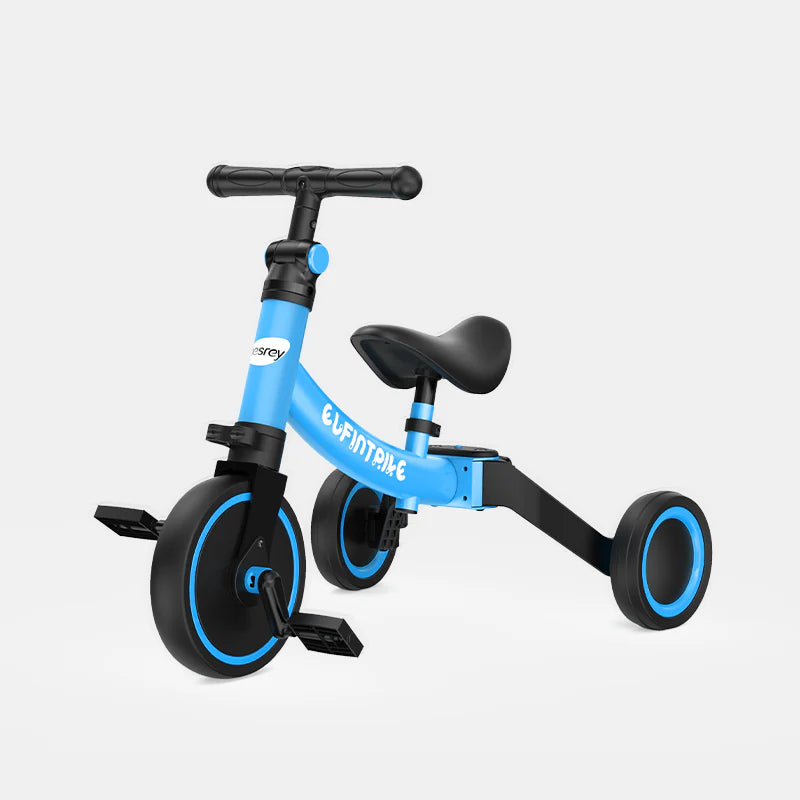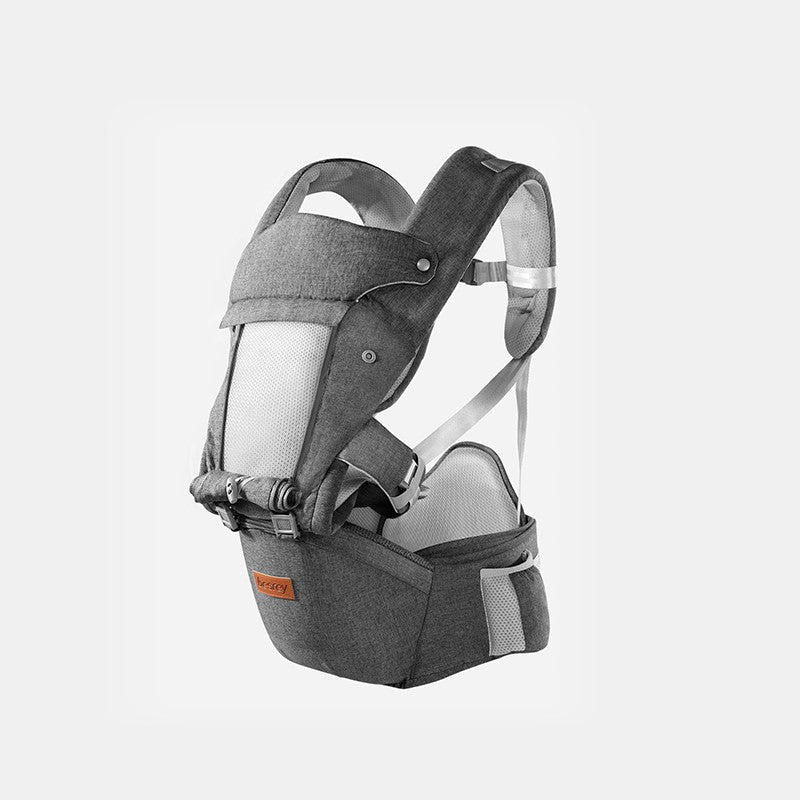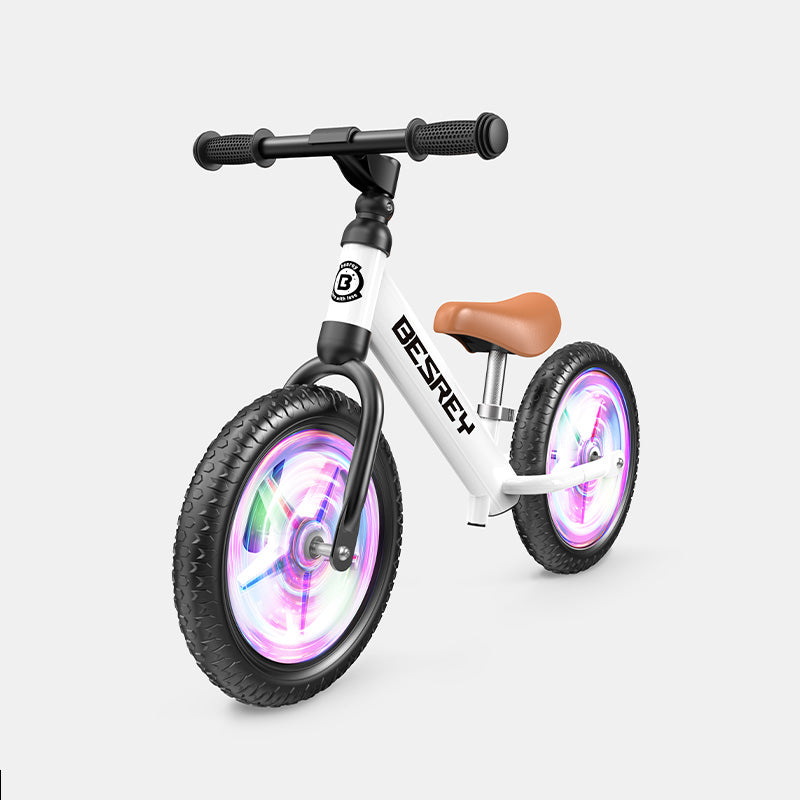Besrey - Sep 25 2025
What the International Hip Dysplasia Institute Wants Parents to Know About Baby Carriers

Roughly 1 in 10 infants are born with hip instability, and 1 in 100 infants are treated for hip dysplasia. To endure 9 months curled up in the womb, and a journey through the birth canal, infant hips are flexible and soft.
This flexibility is important during gestation, but after birth, the ligaments around the hips tighten up, and the hip joints will start to deepen. As your baby grows and their hips develop, using the best baby carriers for hip health is important for dip dysplasia prevention.
What is Hip Dysplasia?
According to the International Hip Dysplasia Institute (IHDI), hip dysplasia is a term that indicates some form of hip instability, dislocation, or shallowness of the hip socket. Instability and dislocation are more common for newborns and infants, which shallow sockets are usually discovered later.
Regardless, hip alignment and structure play a critical role in everyday life. Walking, running, sitting, and bending all rely on hip sockets that are flexible yet sturdy. Although the root cause of hip dysplasia isn’t known, there are a few factors that can impact hip health, such as:
· Womb Position: How the baby was positioned in the womb can put pressure on the hip joints and stretch ligaments.
· Deformity or Stiffness: Babies who have stiffness in their neck or a foot deformity are more prone to hip-related issues after birth.
· Infant Positioning During Year One: Throughout the first year of your child’s life, babies should not be swaddled or held in positions that force their legs to be close together and extended straight down.

Can Newborn Hip Dysplasia be Caused by Baby Carriers?
Although hip-safe swaddling and transport methods are important for hip dysplasia prevention, the IHDI published a statement of consensus regarding baby carrier hip safety that says:
· No baby carrier can cause or prevent hip dysplasia.
· Tight swaddling and restricting hip motion can cause hip dysplasia.
When looking at the above statements, it might feel like they contradict themselves, but it’s important to understand the complexity of newborn hip dysplasia. The IHDI is saying that no one product or baby carrier can be the driving force in whether or not a baby develops hip dysplasia. However, the prolonged practice of restricting natural hip motion can lead to hip dysplasia.
Baby carriers that allow for babies to sit in an “M” shape play an important role in overall hip health. In fact, in cultures where babies are swaddled to a hard surface such as a papoose or cradleboard, hip dysplasia is more prominent. In cultures where babies are wrapped in slings and carried on their mother’s back – allowing for safe hip positioning – newborn hip dysplasia rates are lower.

Best Baby Carriers for Hip Health: Finding the Perfect Fit
If hip dysplasia prevention is important to you, prioritizing baby carrier hip safety is an important piece of the puzzle. At Besrey, we offer products that are safe, comfortable, and good for your baby’s development. Our infant carriers and baby carriers are designed with the M-position in mind.
One product won’t be the only thing that has an impact on your baby’s hip health, but purchasing from a brand that prioritizes baby carrier hip safety is a great place to start.









